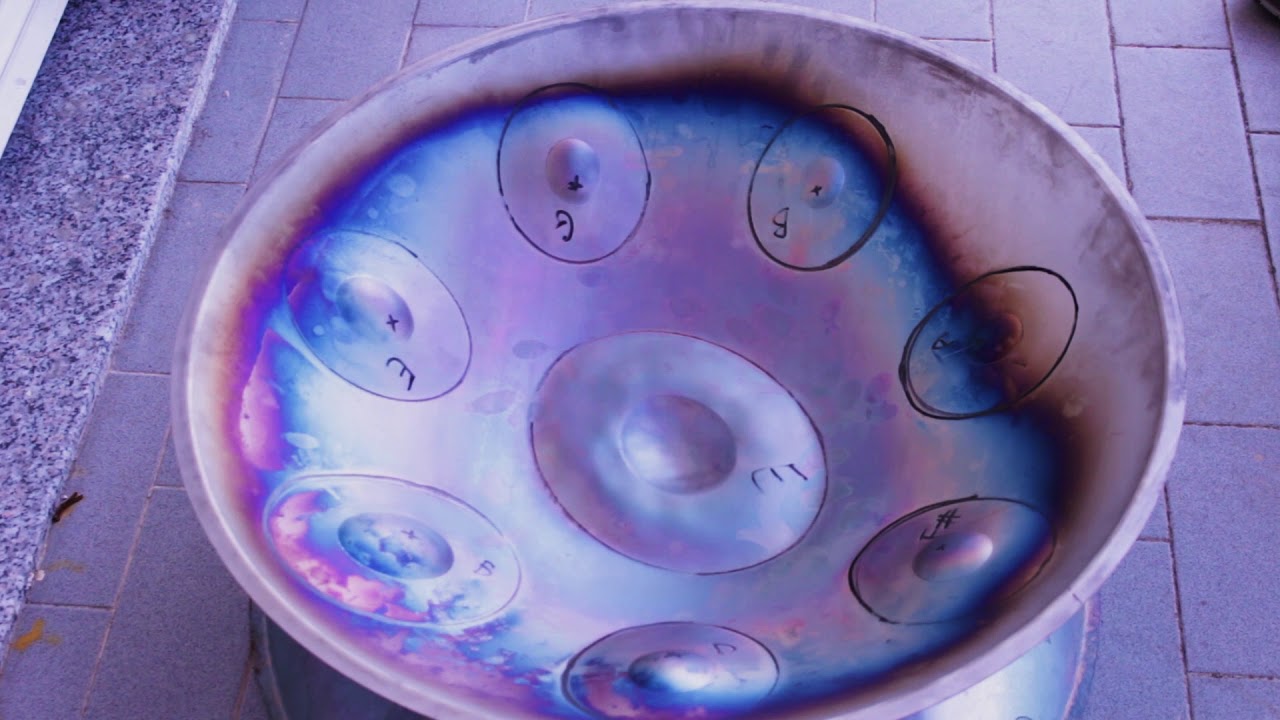- 22 мая 2024: В п.Новоберезанском забросили аллею Героям СВО
- 9 мая 2022: День Победы 9 мая 2022 года в Кореновске. Фотоотчёт
- 29 апреля 2022: Жители ст.Платнировской остались без медицинской помощи в своей поликлинике...
- 8 апреля 2022: Осуждён телефонный террорист, "заминировавший" Кореновский молочно-консервный...
- 21 марта 2022: В Кореновске сотрудники Росгвардии спасли мужчину из горящего дома
- 2 марта 2022: В Кореновске простились с погибшими в спецоперации на Украине военнослужащими
- 16 января 2022: В Кореновске мужчина повредил машину соседа с помощью серпа и вил
- 21 сентября 2021: В Кореновске 83-летнюю бабушку с переломом перевели в ковидный госпиталь и...
- 23 июля 2021: В центральном парке Кореновска произошла потасовка со стрельбой, трое ранены
- 16 июня 2021: Двух братьев из Кореновского района приговорили к 17 и 15 годам лишения...
Making Rayon Fiber - Artificial silk, chemical experiment! HD
00:03:37
Подписаться на канал
· 3 подписчика
12 / 0
За ролик пока что никто не голосовал...
Категория ролика: Интересное и занимательное
Теги: познавательное, интересное, занимательное
Attention! This experiment should be done in well ventilated area or in a fume hood!
Hello everyone. Today, we will conduct a very interesting experiment, which is called making a rayon or an artificial silk production.
We will need a basic copper carbonate for this experiment.
The substance forms by copper sulfate and baking soda by reacting with each other.
Take a beaker and pour into it about 4 grams of basic copper carbonate.
Copper carbonate has greenish tint.
Next, we need a concentrated solution of ammonia. Here I have approximately 40 ml of 25% ammonia solution.
Now I will pour this ammonia solution to the copper carbonate.
This forms a complex compound of copper, which has a bright blue color.
However, copper carbonate doesn't entirely react with ammonia and a little residue remains at the bottom of the cup.
Let's pour the liquid into the other beaker for the solution to become clear.
Now we have a copper compound complex, which has very interesting properties.
This solution can dissolve cotton wool.
To do this, I'm taking about a gram of the cotton wool and begin to add it slowly to the copper complex solution.
The wool is highly soluble and forms so-called viscose, which is the raw material for the production of artificial silk.
After the wool has been dissolved, the liquid, which was in the cup, has become quite thick.
To obtain the artificial silk, prepare one molar solution of a sulfuric acid.
Next, we fill the syringe with a few ml of viscose, fit the needle and slowly inject a stream of viscose into the acid solution.
At the same time we can observe an interesting effect.
When viscose contacts with sulfuric acid, the cellulose from the solution begins to polymerize.
Sulfuric acid reacts with complex compound of copper and dissolves it.
Thin blue fibers of rayon are formed.
After some time, sulfuric acid reacts with the complex compound and washes out the copper salts from the fibers. Fibers become colorless.
After that, our fibers are bleached and now we can find out how they feel.
To the touch, the fibers are very soft and they easily tear. This is due to the fact, that I used a too thick needle.
Now I pour the rest of the viscose into the sulfuric acid solution.
Something similar to vermicelli but with a blue color is formed. These fibers will also become colorless within time, but they will be less durable than a fiber extruded through the needle.
The solution eventually acquires a blue color because of the copper sulfate and carbon dioxide being formed. Facebook:
Patreon:
Music:
Hello everyone. Today, we will conduct a very interesting experiment, which is called making a rayon or an artificial silk production.
We will need a basic copper carbonate for this experiment.
The substance forms by copper sulfate and baking soda by reacting with each other.
Take a beaker and pour into it about 4 grams of basic copper carbonate.
Copper carbonate has greenish tint.
Next, we need a concentrated solution of ammonia. Here I have approximately 40 ml of 25% ammonia solution.
Now I will pour this ammonia solution to the copper carbonate.
This forms a complex compound of copper, which has a bright blue color.
However, copper carbonate doesn't entirely react with ammonia and a little residue remains at the bottom of the cup.
Let's pour the liquid into the other beaker for the solution to become clear.
Now we have a copper compound complex, which has very interesting properties.
This solution can dissolve cotton wool.
To do this, I'm taking about a gram of the cotton wool and begin to add it slowly to the copper complex solution.
The wool is highly soluble and forms so-called viscose, which is the raw material for the production of artificial silk.
After the wool has been dissolved, the liquid, which was in the cup, has become quite thick.
To obtain the artificial silk, prepare one molar solution of a sulfuric acid.
Next, we fill the syringe with a few ml of viscose, fit the needle and slowly inject a stream of viscose into the acid solution.
At the same time we can observe an interesting effect.
When viscose contacts with sulfuric acid, the cellulose from the solution begins to polymerize.
Sulfuric acid reacts with complex compound of copper and dissolves it.
Thin blue fibers of rayon are formed.
After some time, sulfuric acid reacts with the complex compound and washes out the copper salts from the fibers. Fibers become colorless.
After that, our fibers are bleached and now we can find out how they feel.
To the touch, the fibers are very soft and they easily tear. This is due to the fact, that I used a too thick needle.
Now I pour the rest of the viscose into the sulfuric acid solution.
Something similar to vermicelli but with a blue color is formed. These fibers will also become colorless within time, but they will be less durable than a fiber extruded through the needle.
The solution eventually acquires a blue color because of the copper sulfate and carbon dioxide being formed. Facebook:
Patreon:
Music:
Комментарии (0)
Нет комментариев. Ваш будет первым!
















